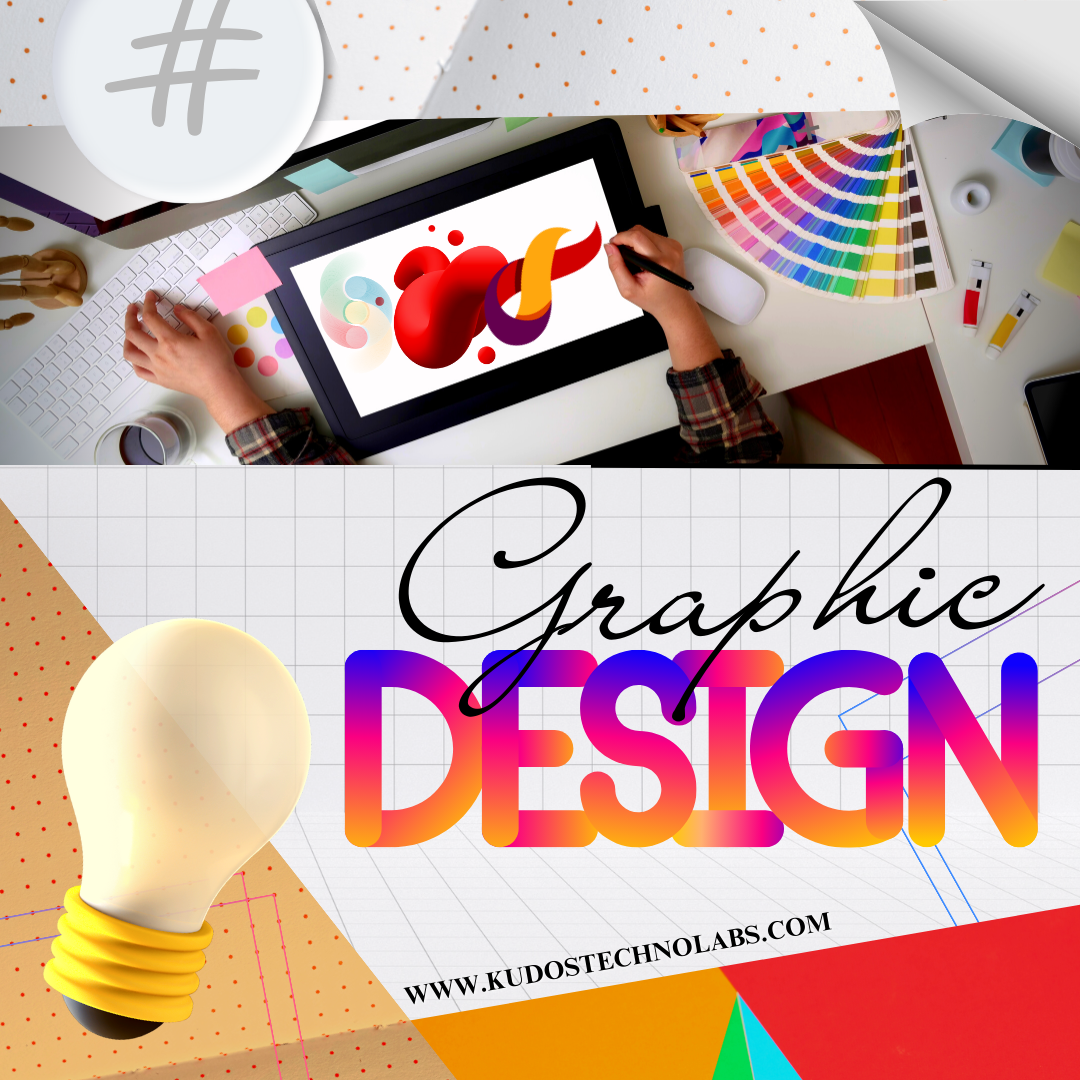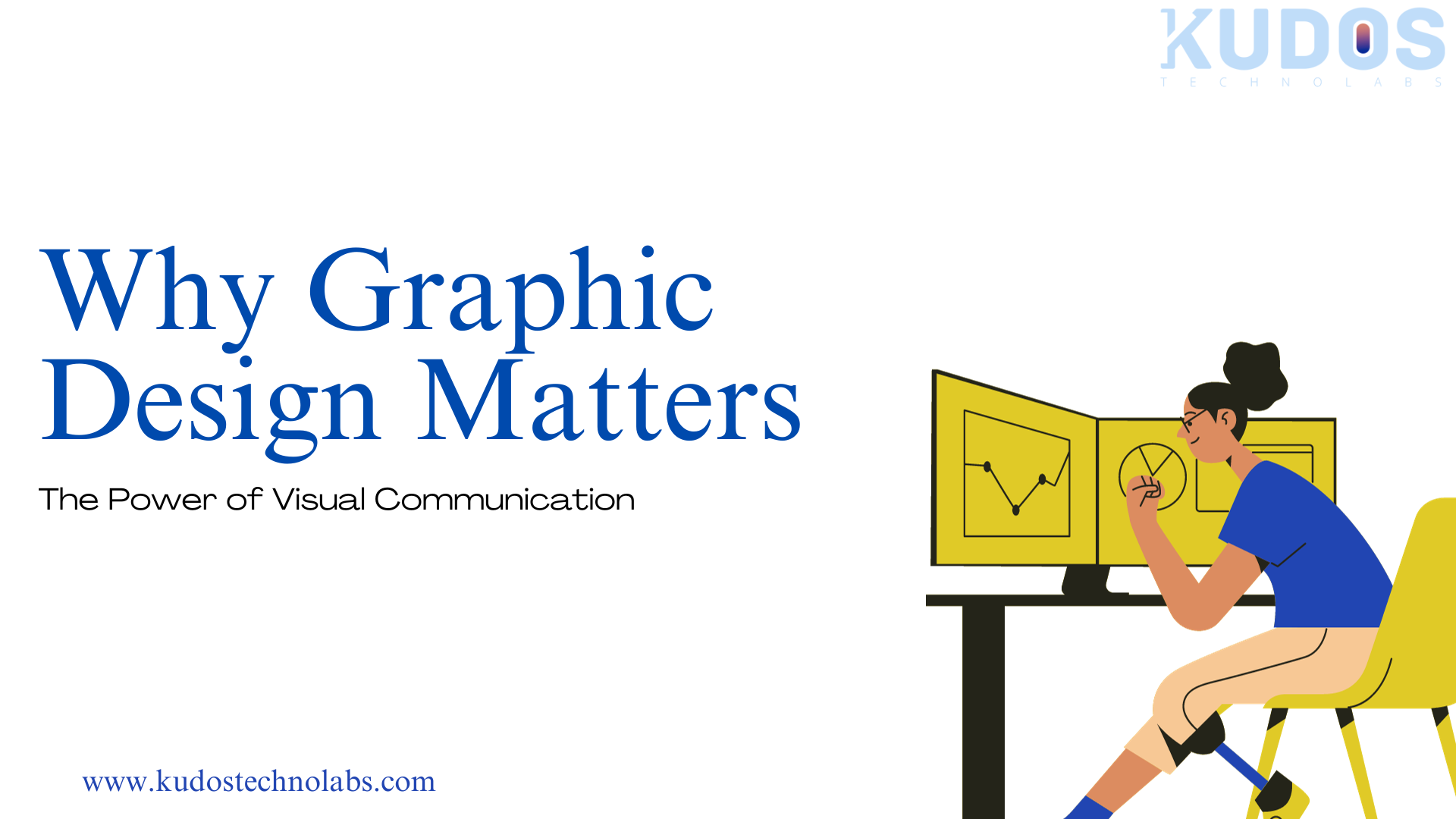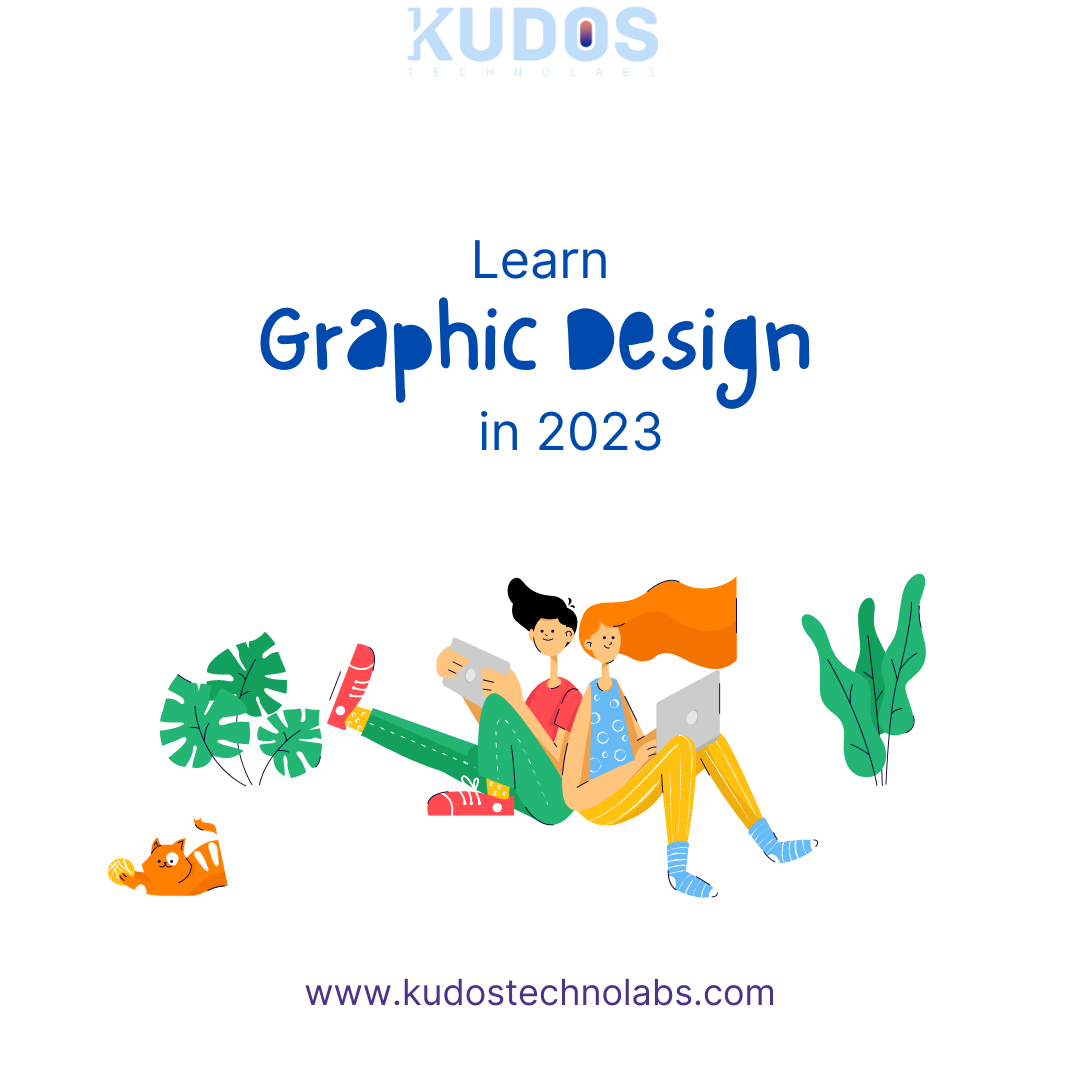Graphic design is an exciting and creative field that allows you to communicate visually through images, typography, and layout. Whether you’re an aspiring artist or a business owner looking to create compelling visuals, understanding the fundamentals of graphic design for beginners is the first step to success.
In this comprehensive guide, we’ll explore the essential concepts, principles, and tools you need to get started on your journey into the world of graphic design for beginners.
Understanding Graphic Design for Beginners
Graphic design is the art of combining visual elements to convey a message, tell a story, or evoke an emotion. It is used in various mediums, including print, digital, and web, and plays a critical role in marketing, branding, and communication.
For beginners, graphic design can seem like a complex field, but breaking it down into fundamental concepts makes it more approachable. Here are the key fundamentals of graphic design:
1. Visual Hierarchy
Visual hierarchy is the arrangement of elements in a design to guide the viewer’s eye. It helps convey the most important information and creates a sense of order. In graphic design for beginners, this is achieved through elements such as size, color, contrast, and placement.
2. Balance
Balance is the distribution of visual weight in a design. There are two types of balance: symmetrical and asymmetrical. Symmetrical balance is achieved when elements are evenly distributed around a central point, creating a sense of stability. Asymmetrical balance involves the distribution of elements without mirroring, creating a dynamic and visually interesting composition.
3. Typography
Typography is the art of selecting and arranging typefaces (fonts) to make text readable and visually appealing. Graphic design for beginners should include an understanding of font selection, font pairing, and the use of text in design.
4. Color Theory
Color theory is a fundamental aspect of graphic design. It involves understanding the color wheel, color harmony, and how colors evoke different emotions and convey meaning. For beginners, exploring basic color principles is crucial.
5. Contrast
Contrast is the difference between elements in a design, such as light and dark, large and small, or warm and cool colors. Contrast creates visual interest and helps important elements stand out. For graphic design beginners, learning to use contrast effectively is essential.
6. Repetition
Repetition involves using consistent design elements throughout a project, such as colors, fonts, shapes, or lines. It provides unity and a sense of cohesiveness in a design.
7. Alignment
Alignment refers to the arrangement of elements along a common axis or edge. It helps maintain a structured and organized appearance in a design.
8. Space
Space, also known as “negative space,” is the empty area between and around design elements. Proper use of space is crucial for readability and visual impact.
Tools for Graphic Design Beginners
In addition to understanding the fundamentals, graphic design for beginners requires familiarity with the tools and software used in the field. Here are some popular graphic design tools and their basic functions:
1. Adobe Photoshop: Used for image editing and manipulation.
2. Adobe Illustrator: Ideal for creating vector graphics and illustrations.
3. Adobe InDesign: Designed for layout and publication design, such as brochures and magazines.
4. Canva: A user-friendly online tool for creating various design projects.
5. GIMP (GNU Image Manipulation Program): A free and open-source alternative to Adobe Photoshop.
6. CorelDRAW: A vector graphics software used for illustration and page layout.
Practical Tips for Graphic Design Beginners
As you embark on your journey into graphic design, here are some practical tips to keep in mind:
1. Study Design Principles: Take the time to learn and practice the fundamental principles of design. Start with books, online tutorials, and courses dedicated to graphic design for beginners.
2. Create Personal Projects: The best way to learn is by doing. Start with personal design projects, such as creating social media graphics, posters, or personal branding materials.
3. Seek Feedback: Share your work with peers or online design communities to receive constructive feedback and improve your skills.
4. Stay Inspired: Explore the work of professional designers, both classic and contemporary, for inspiration and to understand design trends.
5. Stay Consistent: Develop a consistent design style and maintain it across your projects to build a recognizable brand or portfolio.
Conclusion
Graphic design for beginners is an exciting journey into a creative field that offers endless opportunities for self-expression and professional growth. By mastering the fundamentals, understanding the tools, and continuously practicing and seeking inspiration, you can develop your graphic design skills and create visually compelling and impactful designs. Whether you’re a novice designer or a business owner looking to enhance your branding, graphic design for beginners is the first step towards effective visual communication.
Get quality of web design and development service with Kudos Technolabs



